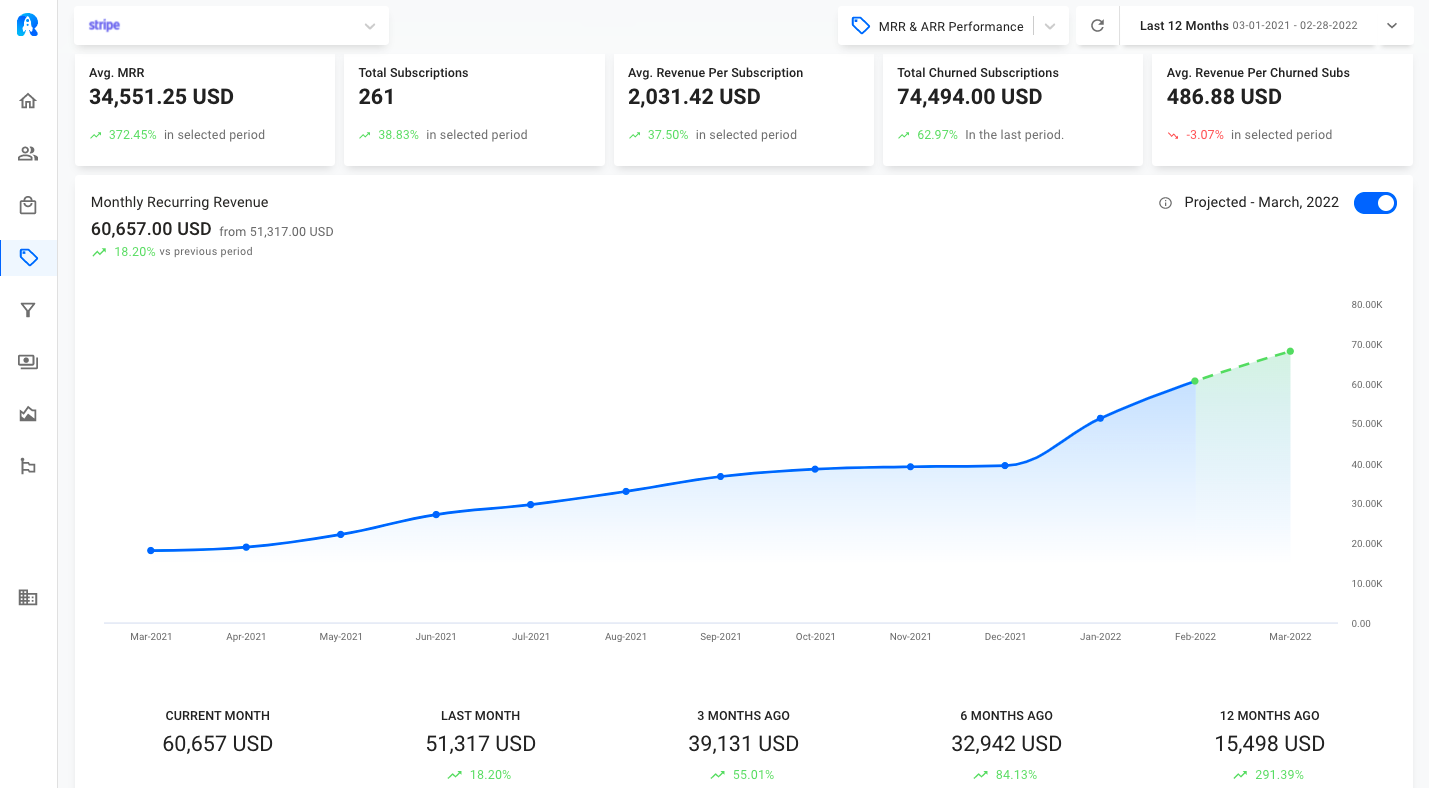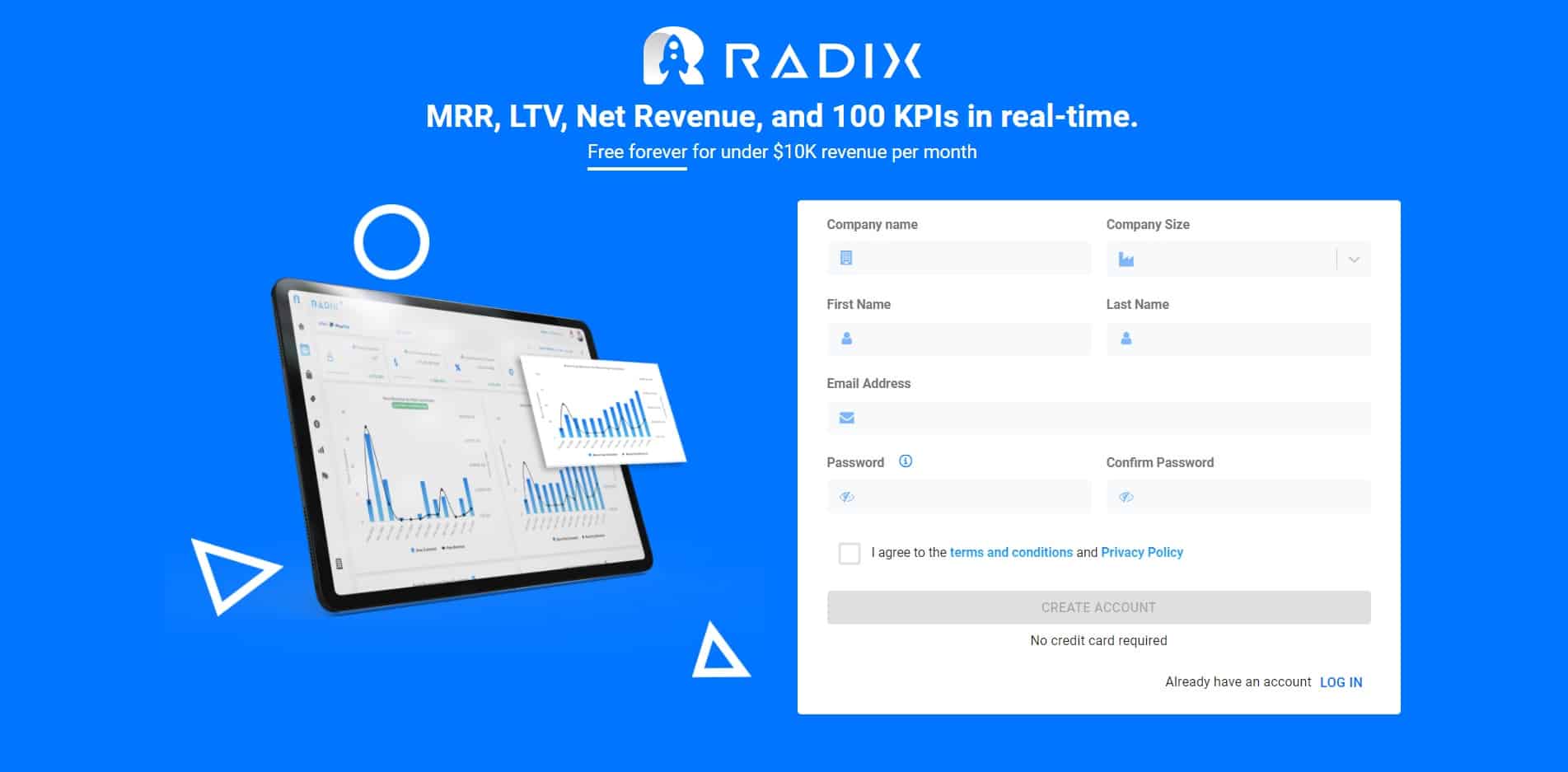Product analytics is the new secret sauce for businesses. Technology has made it easier than ever to collect user data, but this data is meaningless without proper analysis. That’s where startups can leverage product performance analytics to gather key metrics and find out what customers want.
Analytics are extremely beneficial in all aspects of your eCommerce business.
The data you collect allows you to better understand your customers’ behavior and which days of the week generate the most cash for you.
But if you’re not looking at data directly related to your product’s performance, keep reading to discover more about what this type of analytics is and how it may help you make better decisions.
Product Performance Analytics, What is it?
Product performance analytics is the collection and strategic analysis of data points (metrics) related to the purchasing funnel such as how many times visitors view a product page, how many times a product is abandoned in a cart, how many times a specific product gets to the checkout, unique purchases, and so on.
These per-product data might provide you with a bigger picture of your complete product portfolio! Many individuals overlook this level of examination because they don’t know why or how to execute it.
Importance of Product Performance Analytics
Product performance analytics are vital for ecommerce businesses for one primary reason: they help you grow sales and improve overall operations.
-
They improve merchandising decisions
It’s easy to find out why when you know which products require assistance getting to the checkout. For example, the amount of space your product takes up in your store may be proportional to the number of sales it generates. You may start by changing the layout of your store to make it easier to navigate to a specific product. You may exhibit collections or expand your suggested products section. Another issue you can frequently observe is that the product photos or descriptions are not powerful enough.
You may customize product pages to incorporate in-context photos, product demo videos, or more thorough product descriptions. With the analytics, you will be able to measure the impact of your merchandising efforts and understand how to best maximize your product performance overall.
-
Comprehend your product funnel
At its most basic level, product performance analytics help determine how successfully a product progresses through the purchasing funnel. From initial impression to final purchase, here is how it goes. Because no two items are the same, it’s critical to figure out which ones are most likely to be abandoned before checkout.
With this knowledge, you can determine whether products are underperforming or being picked up by competitors when comparison shopping.
-
Prevent stockouts
Inventory management is a critical component of product performance analytics. Knowing how many items are being sold at any given time might help you estimate stock needs and work more efficiently with suppliers.
When combined with regional or seasonal sales data, this type of performance data becomes even more important. Many larger companies and merchants also use this type of point of sale data to have a more comprehensive understanding of who needs what and when. Being out of stock is inconvenient for everyone, even if it is not a deliberate choice.
-
Analyze and plan marketing strategies
Tracking performance at a product level allows you to monitor how marketing and promotional actions affect sales when showcasing different products or images.
Assume you’re promoting a fresh new pair of shoes on Instagram for a limited time.
If you follow the performance of that pair of shoes over time, you’ll be able to observe if the ad had an immediate influence on sales and how long it took for them to even out after the campaign finished.
With product performance analytics to slice and dice, you can also find products for marketing faster, simpler, and more systematically.
-
Identify opportunities to grow revenue
The ultimate purpose of owning an eCommerce shop is to make money. Product analytics make it simpler to spot possibilities like these. If you compare first-time purchases vs recurring purchases, for example, you can find things like laundry detergent or coffee capsules that might work well as a subscription.
You can discover that your customers aren’t discovering a certain product they desire if you track category impressions and shop search.
Then, of course, all the pricing, merchandising, and marketing experiments you can conduct will be enough to help you improve your entire online shop profitability!
How to Track & Monitor Analytics
The initial step is to begin tracking.
Analytics are only useful when there are a sufficient number of data points to evaluate.
The ideal situation is to have a single platform where you can monitor and report on your data, making it pleasant rather than a job.
There are two basic approaches to improving product performance:
-
Analytics Built Into Your Ecommerce Platform
Your chosen eCommerce platform will most likely include built-in analytics that you can use to get started. If you already have an eCommerce platform, do some research to discover what they have to offer. Otherwise, while looking for platforms, seek ones that allow you to track performance. This is an excellent long-term investment in the success of your online business.
-
Ecommerce Analytics Software Providers
You may also look for software that tracks and consolidates ecommerce data. If you’re searching for anything external, you can use Radix. It is typically free and interacts with your payment gateways system. (PayPal & Stripe)
Up next some of the key metrics you can track & analyze with Radix:
1) Unique vs. Recurring Purchases
This metric provides an answer to the question, “Do I have recurring customers?”
You may spend a lot of money getting customers to your shop, but if they arrive and then never come again, you need to figure out why.
Before you can accomplish that, you must first determine whether or not there is a problem.
2) Average Order Value
This is a great one.
Taken on its own, your average order value can tell you how much people spend on a single visit to your business.
However, by combining this number with product-level detail, you can determine which products have a greater or lesser influence on your average order value.
Assume you offer running shoes and that everyone who buys them is more likely to buy accessories such as a fitness watch or running shorts.
When combined with demographic data (which areas have greater AOV), metrics like average cart size, or other contextual information, there might be a lot to learn.
3) Sales vs Returns
It is crucial to keep track of which specific products are returned to you.
The return rate can help you determine if your product listing is poorly designed (maybe the sizes or colors are incorrect) or if there is a more serious issue with the merchandise.
When collecting return data, be sure to include qualitative data (what your customers say) so that the returns may be examined and problems resolved.
With Radix you will be able to:
- Highlight your Top 10 best-selling items.
- Identify the products that bring in the most revenue for your online business.
- Calculate your average revenue per product.
- Keep track of how many products you are selling every single day, week, month, and year.

Sign Up Here and Connect Your Data in Less than 5 Minutes

Conclusion
Product performance analytics is quickly becoming a necessary component of any eCommerce business. Understanding your customers’ buying habits, their geographic location, their interests, and more are all crucial to keeping your product competitive in an increasingly crowded field. Fortunately, many incredible tools have been developed to make the process of evaluating product performance much simpler. While they may not be easy to implement or understand at first glance, the benefits they offer will certainly be worth it once you’re in the know.
Read more:
Top 10 eCommerce Metrics to Track
13 Features Your eCommerce Website Should Add To Succeed
How to Scale your eCommerce Business





